A lesser-known manifestation of severe weather than tornadoes are derechos, long-lived lines of thunderstorms producing damaging winds known for rivalling tornadoes when it comes to damage done. The main reason the term derecho isn’t a household term in non-Spanish-speaking residences is because they are rare, with only a few occurring during any given year across the entirety of the US. That said, any single derecho can impact millions of people across large swaths of land. The nomenclature is derived directly from the Spanish “derecho,” meaning “straight ahead” in English to describe its motion, shown in the animation above.
Defining a Derecho:
According to the Storm Prediction Center, a thunderstorm complex must produce wind damage along a path greater than 250 miles, 58+ mph gusts along most of its length, and several widely separated 75+ mph gusts to be classified as a derecho. Although not part of the formal definition, derechos often leave other damage in their wake as a result of embedded tornadoes, torrential rain, and lightning in addition to their namesake wind damage.
Despite these defining characteristics, derechos can be much stronger, sometimes producing wind gusts exceeding 100 mph, more than enough to cause tornado-like damage. With this in mind, an important differentiation must be made in determining the cause of thunderstorm wind damage; the damage caused by a derecho will all be oriented in the same direction, whereas a tornado will have debris thrown about in all directions.
Derecho Prone Regions:
Like with many other land-based severe weather events (i.e. tornadoes, hailstorms, blizzards, etc.), the continental US is the most prone region in the world for derechos. This is because of the unique availability to the ingredients necessary for severe weather and the flat topography of the heartland, which also offer great photo-ops for the storms. Within the continental US, the most opportune time for derechos to occur are during the months of May, June, and July, coinciding with tornado season quite nicely. With regard to location, the Corn Belt (IL, IN, OH) and the southern plains (from OK & TX northeast to the confluence of Ohio and Mississippi Rivers) are the most favored tracks for derechos to follow. That said, they do occur fairly regularly across virtually the entire eastern 2/3 of the country, even including here in NH, where the most recent documented derecho occurred in 1999 and covered in more detail here.
In Case of Derecho:
Despite the characteristic differences between tornadoes and derechos, the safety procedures are nearly identical. This means taking shelter in a sturdy building with a foundation, and getting to the lowest interior room and shelter in place until the event passes. As with tornadoes, the biggest danger with derechos is flying debris, which the walls of your house will protect you from, but not windows, which is why its not advisable to watch the storm through a window (unless being hit by flying pieces of debris and broken glass is your thing). Also, standard procedures of avoiding plumbing and electric fixtures as with any lightning storm apply, as derechos can be extremely prolific lightning-producers.
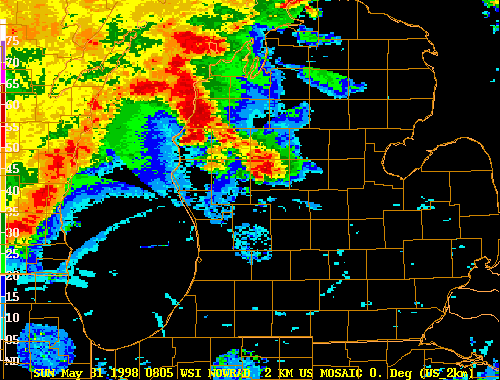
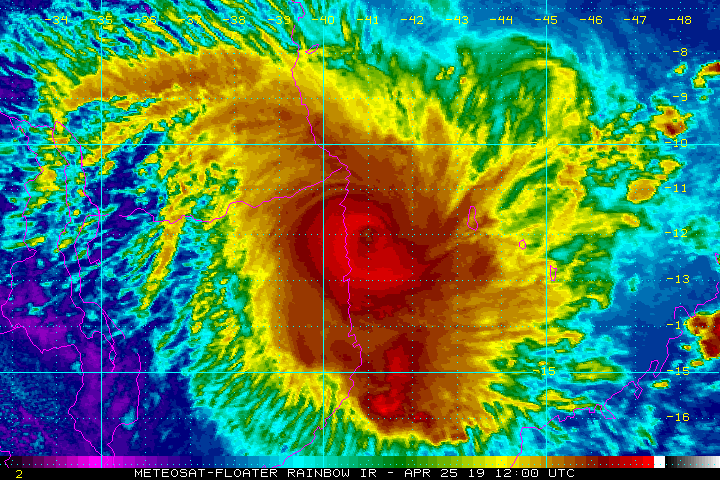
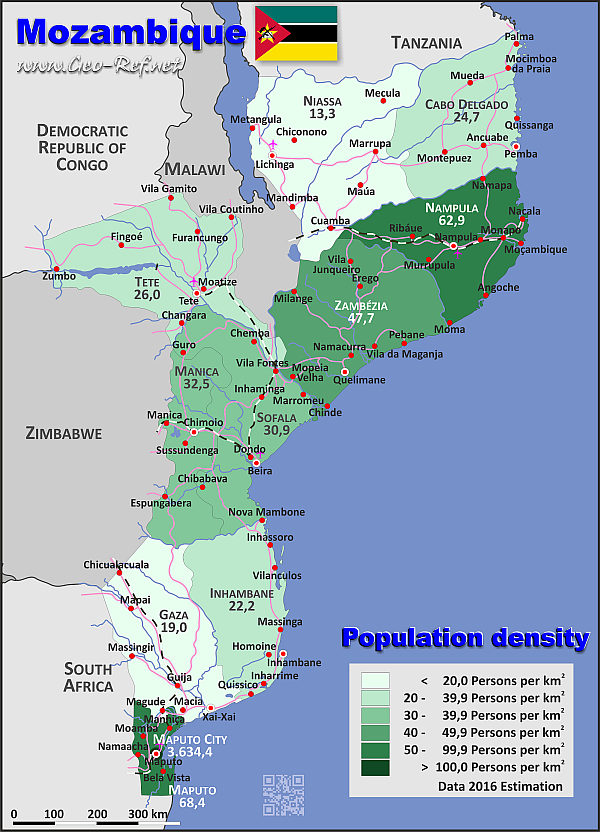


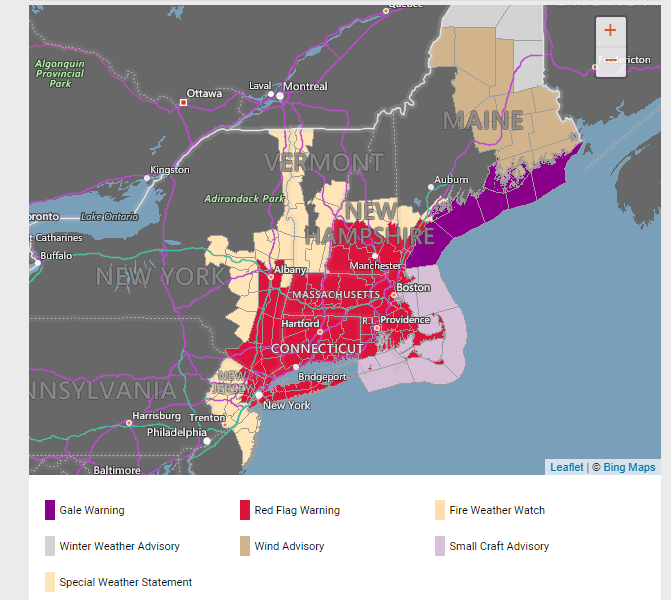




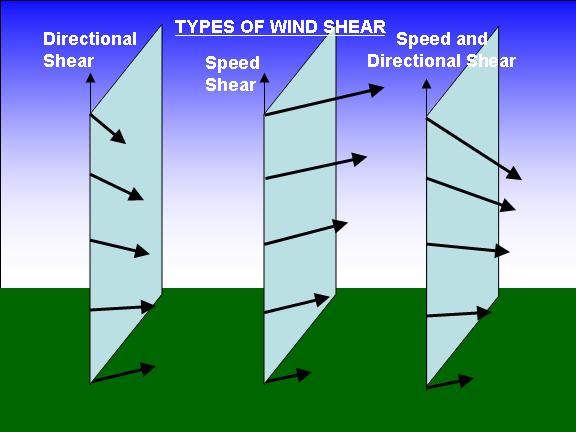

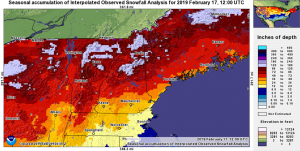

Recent Comments